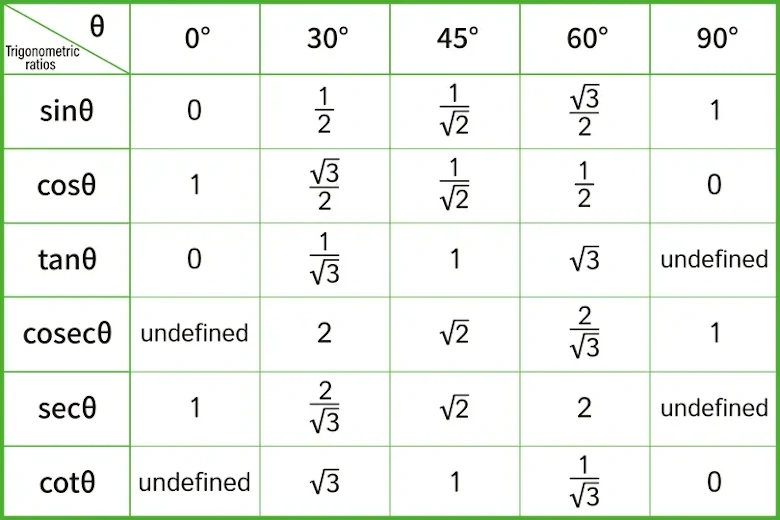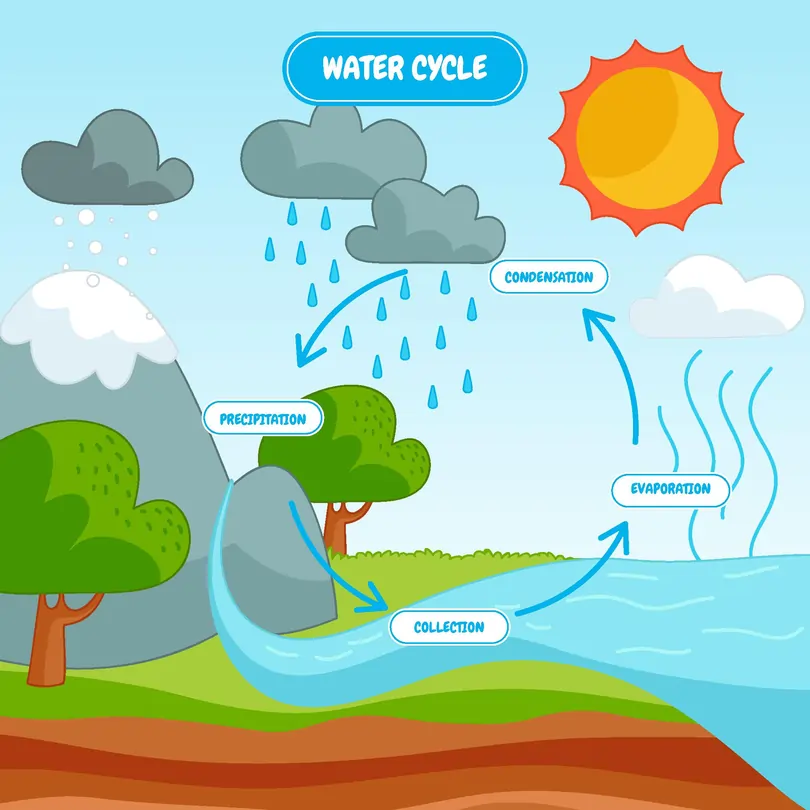#1 strategy to score in Reading Comprehension + Tips to avoid Excess Denied
- Tags:
- Secondary English

Many secondary students feel that their reading comprehension scores fluctuate dramatically. They struggle with time management and are unsure of what is expected of them in order to achieve high grades.
So, in this article, we will break down:
- Strategy for tackling reading comprehension,
- Essential time management tips,
- What examiners are looking for (with examples), and,
- How to form your answers to avoid "excess denied" and "incorrect sentence structure".
Let's get started.
1. Strategy For Tackling Reading Comprehension.

Did you know there is now a scientifically proven study hack to increase your reading comprehension scores?
Yeah.
It’s called the “SQ3R” method.
What is the SQ3R method?
SQ3R stands for Survey, Question, Read, Recite, and Reflect.
This is the most effective method to improve reading comprehension scores. Numerous studies have been conducted worldwide for students ranging from primary to university level, and they have all found that using SQ3R significantly improves students' scores.
Pro Tip: Use this technique if you're having trouble understanding a topic in any subject - not just reading comprehension. This will help you understand and retain the information you read much more effectively. So you can ace all of your O-level subjects!
How do you use the SQ3R method?
Let's look at an example of a comprehension passage to understand how the SQ3R method works. You can follow along by clicking on this Link: (Right click and choose open in a new tab). We will be looking at introduction and example 1.
-
First Step: Survey
Look through the passage briefly. No need to start reading at this point. Just glance at the heading and the title to get an idea of what the topic is all about. You should not be spending more than 30 seconds for this step.
So, in our example, we notice the following:
- The title is "Hobbit: The introduction".
- The first line is “The Hobbit is a movie…”
- As we scroll down to see two photos.
- Next, we have a paragraph about Gollum, the next few excerpts seem to go into the movie’s storyline and the interaction between Gollum and Bilbo.
So, now we know that the passage is about a movie called The Hobbit, and it focuses on two characters, Gollum and Bilbo. That’s all that you need to know at this point.
Many students mistakenly start reading the passage in this step. This can lead to them spending more time than necessary. Take a deep breath, stay calm, and give yourself just 30 seconds to get acquainted with the passage.
-
Second Step: Question
Now that we have an idea of what the passage is about, the next step is to develop our own questions based on what we know.
In our example, the questions could be:
- What is a hobbit?
- What is the movie’s story all about?
- What’s happening in the story?
- Who are Gollum and Bilbo? Why are they important? What are they doing/feeling/thinking?
Make a note of these questions.
-
Third Step: Read
Now, it’s time to read. Don't rush through this step. Go through each line to understand what is happening in the passage.
-
Fourth Step: Respond
Here you can start responding to the questions that we wrote in step 2. Can you answer all of them? If not, quickly go through the passage again to make sure you’ve not missed anything. If you find your answer, great. If not, make a note of this information before moving on.
-
Fifth Step: Record
If you’re writing an exam, this is the step where you start answering questions. You should have all of the answers by now. If not, since you are so well acquainted with the passage, you would have an idea on where to find the answer. So, you can locate the part of the passage and find the answer.
If you're practising or studying with this technique, this is where you keep track of everything that you think is important. You could make notes or highlight specific sentences, whatever works for you. You can then refer to your notes when revising, making it easier to remember everything you've learned.
And we're done! It is best to begin practising this technique well before the exam so that you are well-prepared to score higher!
2. Essential Time Management Tips

Some quick tips to manage time:
- Set up a timer and practice solving reading comprehension questions in as short a time as possible.
- Improve your vocabulary and comprehension by reading more books.
- On the day of the exam, read the question twice. It may seem counterintuitive, but doing this will ensure you understand and answer correctly the first time.
3. What Examiners Are Looking For (with examples)
While O-level reading comprehension has fewer components than PSLE, the standards for scoring are higher. As a result, many students are perplexed as to why they are no longer able to achieve high marks.
So let's examine what the teachers expect from secondary-level students.
-
Understand the unsaid
The purpose of the primary level is to teach students vocabulary, but now the purpose is to teach you context. In other words, in PSLE, you were expected to know what a word meant, but now you are expected to understand why the author used that word in particular.
So, in our example, let’s look at the first line of the second paragraph:
"This passage describes Bilbo Baggins (right), who was lost and met Gollum (left), a demented creature who was once also a hobbit but had evolved into a subterranean creature, having lived too long under the mountains."
In PSLE, students would be expected to know the meaning of the word "subterranean," but now you are expected to know why the author is saying that Gollum "evolved from a hobbit into a subterranean creature."
The examiner will expect that after reading this sentence, you will understand that by using the word "creature," the author is implying that Gollum is no longer a hobbit but has changed so much that his existence is now dark and mysterious, resembling that of a creature.
-
Literal meaning vs. similes
In the PSLE, students are expected to know the literal meaning of the passage, while now you are expected to understand similes and connections.
In our example, let’s look at this sentence:
"He was Gollum — as dark as darkness, except for two big, round, pale eyes."
In primary school, students will be asked what kind of eyes Gollum has, and the answer will be "big, round, and pale."
But now you’d be asked “Which sentence does the author use to portray Gollum as an ugly and evil character?” and you will be expected to know that when the author writes “as dark as darkness”, he is not referring to literal darkness, but actually means evil.
4. How To Form Your Answers To Avoid "Excess Denied" And "Incorrect Sentence Structure"

In PSLE, you could score well by answering correctly, but in secondary, you may end up with an "excess denied" or "Incorrect sentence structure." Why does this happen?
In O-levels, you have to learn the art of structuring your thoughts. Teachers don’t want you to write more sentences, they want you to show a clear thought process. So, to avoid excess denied only answer the question that has been asked and be as precise as you can.
Another mistake that students make is when they have to answer questions that require more than one answer.
In our example, in Excerpt 3, if the question is
"Name 3 things that would happen if you slipped the ring on your finger",
And you replied:
"When you put the ring on your finger, three things happen: you become invisible, your shadow is only visible in direct sunlight, and it is shaky and faint."
You may lose marks for incorrect sentence structure.
Instead, your sentence structure should be:
"First, you become invisible. Second, your shadow would only be visible in the sunlight. Third, your shadow would still be shaky and faint."
This answer is better because it is concise and has all the right answers.
Now, we hope you have a better understanding of how to ace reading comprehension.
If you'd like to practice your comprehension skills, Geniebook's English teachers have listed some unusual effective comprehension questions with detailed answers here.
 SG
SG  VN
VN 













